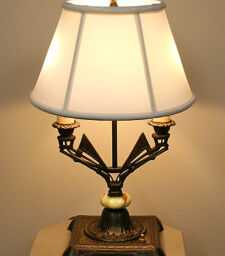At a loss to write a unique travel piece on a destination that’s been visited by countless masses for decades? Don’t be. Focus on your own non-unique experiences while there.
I had the privilege of spending a week in Niagara Falls in September of 2009. Nature’s majesty and power were on full display in the thundering waters surrounded by peaceful Fall foliage and colorful, pristine gardens. Evening fell and I walked the misty periphery of the Canadian Horseshoe Falls alongside an assortment of international visitors and tourists. I turned, walking uphill for about a quarter mile, away from the falls and towards the hotels and casinos. I curved right at Fallsview Blvd. The street grew quieter, bustle slowly left the air. A patch of copper colored streetlight fell across the neon glow of a closed tattoo parlor. The road ended and a new one, perpendicular to the first, began. A young man was cattycorner from me across the intersection. He was wiry with a wispy beard, in his late 20s; he was doing jumping jacks, counting each jump. He suddenly jerked his head to one side with a loud shout, grunted and broke into a run towards me. Passing, he shouted “White power!” and then stomped off, lost into the street’s quiet shadows.
I continued my tourist’s taste of the falls the next morning. Arriving at the White Water Walk, I was surprised to see a Buddhist Temple across the street. For reasons I don’t know, I’ve never been able to resist going into houses of worship. Rather than stroll to the White Water Walk, I ambled into the temple grounds. Rows of seated Buddhas graced the sculpture garden outside the temple entrance. Strangely, the Buddhas in one row were headless, cut clean and flat at the neck. The image was striking, drilling a set of curious questions and assumptions into my mind: maybe the Buddhas in this row have ascended to heaven and that’s where their heads reside; this row symbolizes an unthoughtful life; these Buddhas represent man’s eternal quest to achieve spiritual completeness.
I moved from the sculpture garden, through the large wooden doors and into the temple itself, onto the clean wood floors. Hundreds of brass Buddhas graced the shelves along the back wall and a serene and light scent of incense and sandalwood kissed the air. A tall, thin man with a shaved head sat quietly at a long folding table close to what looked to be a centered alter area. I walked by him; he held a loop of wooden prayer beads in a relaxed palm, his thumb slowly nudging from one bead to the next, a distracted look on his face. He smiled as I walked by and I couldn’t help but respond to his subdued greeting with a question: “There’s a row of headless Buddhas in the sculpture garden outside. What do they symbolize?”
“Actually,” he replied, “A group of drunks went through here one night and knocked all their heads off.”
I stood mortified, still.
I was incensed.
I told him that I was very sorry to hear that; I slid a folded bill into the donation box.
I left having learned that even here, in the midst of nature’s grandeur and limitless beauty, we humans can’t help but succumb to our frailties and neuroses –
White power…
Headless Buddhas…
We have a long way to go.
Will we get there?
AUTOPOST by BEDEWY VISIT GAHZLY

